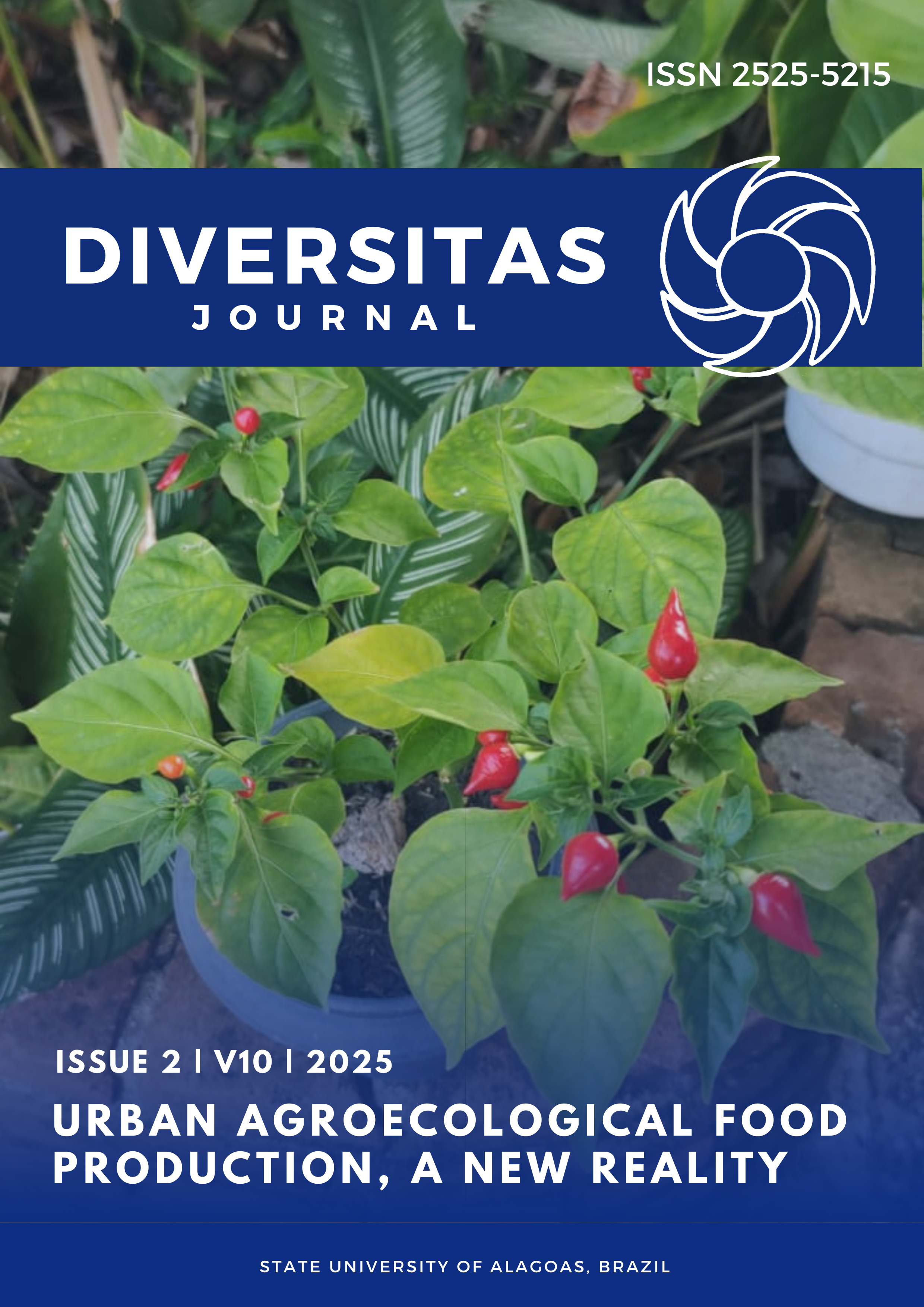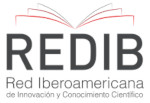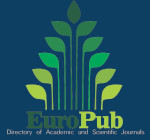Social media utilization and climate change awareness among senior high school students in Magsaysay National High School, Occidental Mindoro, Philippines
DOI:
https://doi.org/10.48017/dj.v10i2.3192Palabras clave:
sources of information, environmental education, social networking sitesResumen
The study aims to assess the social media utilization of the Senior High School (SHS) students of Magsaysay National High School (MNHS) and their climate change awareness. The study utilized descriptive survey design. The 309 respondents were the randomly from the officially enrolled SHS students for AY 2023-2024. Moreover, the weighted mean, frequency and Pearson Correlation are used to analyze the gathered data. Results of the study revealed that majority of the respondents were female, who belongs to a medium size family with a household income below poverty threshold in the province. As per social media utilization, they owned at least two gadgets, they have three social media accounts, spent an average of 8.62 hours a day browsing the different social media, but only spent 0.10 hours a day in learning climate change in the different social networking sites. Further, they have “moderate” level of awareness on climate change in terms of association of disasters, perceived cause, manifestation, and ways to mitigate it. Lastly, there is no significant relationship between social media utilization and climate change awareness of the SHS students in MNHS. However, the study recommends to raise awareness and promote positive attitude about climate change in early childhood education and at home, intensify environmental education in the K to 12 curriculum, utilization of social media as a source of relevant information on climate change, and conduct of additional study on the other socio-economic variables that could affect the level of climate change awareness and their source of information.
Métricas
Citas
Arlt, D., Hoppe, I., & Wolling, J. (2011). Climate change and media usage: Effects on problem awareness and behavioural intentions. International Communication Gazette, 73(1-2), 45-63. https://doi.org/10.1177/1748048510386741
Aguilar, K. (2019). Filipinos spend the most time on internet, social media worldwide study. https://technology.inquirer.net/83180/filipinos-spend-themost-time-on-internet-social-media-worldwide-study
Anderson, A. (2017). Effects of social media Use on climate change opinion, knowledge, and behavior. Oxford Research Encyclopedia of Climate Science, Retrieved 2 March, 2020, from https://oxfordre.com/climatescience/view/10. 1093/acrefore/9780190228620.001.0001/acrefore-9780190228620-e-369.
Apichatibutarapong, S. (2018). Factor affecting on public awareness concerning university environment.Proceedings, 2(22), 1369.https://doi.org/10.3390/proceedings2221369
Asilsoy, B., Laleci, S., Yildirim, S.,Uzunoglu, K., & Özden, Ö. (2017).Environmental awareness and knowledge among architecture students in north cyprus. International Journal of Educational Sciences, 19(2–3),136–143.https://doi.org/10.1080/09751122.2017.1393957
Balita, C. (2024). Devices used to access the internet Philippines Q3 2023. https://www.statista.com/statistics/803808/digital-device-usage-among-adults-by-device-philippines/
Bofferding, L. and Kloser, M. (2015). Middle and High School Students’ Conceptions of Climate Change Mitigation and Adaptation Strategies. Environ. Educ. Res. 2015, 21, 275–294
Calista, Y. & Yenni, S. (2023). The Impact of Social Media on Climate Change Perceptions: A Case Study of Indonesian Gen-Z. E3S Web of Conferences. 426. 10.1051/e3sconf/202342601052.
Carman, J., Zint, M., Burkett, E., & Ibáñez, I. (2021). The role of interest in climate change instruction. Science Education,105(2), 309–352
Dryzek, J. (2005). The politics of the earth: Environmental discourses. Oxford; New York: Oxford University Press.
Esakkimuthu, K., and S. Banupriya. (2023). “Awareness about Climate Change Among Students: A Sustainable Future.” ComFin Research,vol. 11
Guzmán, C.A.F.; Aguirre, A.; Astle, B.; Barros, E.; Bayles, B.; Moses, C.; El-Abbadi, N.; Evert, J.; Hackett, F.; Howard, C.; et al. A Framework to guide plaetary health education. Lancet Planet Health 2021, 5, 253–255
Hautea, J., Parks, P., Takahashi,B. and Zeng, J (2021). Showing they care (or don’t): Affective publics and ambivalent climate activism on TikTok. Social Media + Society
Jiménez-García, M., Pérez-Peña, M.-C., & López-Sánchez, J.-A. (2023). Influence of education and the media on the awareness of climate change (Influencia de la educación y la comunicación en la concienciación sobre el cambio climático). Culture and Education, 35(4), 1001-1036. https://doi.org/10.1080/11356405.2023.2229178
Kemp, S. (2023). Digital 2023: The Philippines. https://datareportal.com/reports/digital-2023-philippines
Monroe, M.C.; Plate, R.R.; Oxarart, A.; Bowers, A.; Willandia, A.; Chaves, W.A. Identifying effective climate change education strategies: A systematic review of the research. Environ. Educ. Res. 2019, 25, 791–812.
Nichols A, Maynard V, Goodman B, Richardson J. Health, climate change and sustainability: A systematic review and thematic analysis of the literature. Environ Health Insights. 2009;3:63–88.
Newman, N., Fletcher, R., Schulz, A., Andi, S., Robertson, C. T., & Nielsen, R. K. (2021). Digital News report. Reuters Institute for the Study of Journalism. Retrieved 22 March, 2022, from https://reutersinstitute.politics.ox.ac.uk/sites/default/files/2021-06/Digital_News_Report_2021_FINAL.pdf
Painter, J., Kristiansen, S., & Schäfer, M. S. (2018). How ‘digital-born’ media cover climate change in comparison to legacy media: A case study of the COP 21 summit in Paris. Global Environmental Change, 48, 1–10. doi:10.1016/j.gloenvcha.2017.11.003
Parry, M., Rosenzweig, C., Iglesias, A., & Fischer, G. (1999). Climate change and world food security: a new assessment. Global Environmental Change, 9, 51-67.
Rahman, M., Hossain, M., Zaman, M.. & Mannan, M. (2018). Awareness on climate change: Perceived physical and psychological impact among the young generation. least developing country’s perspective.Interdisciplinary Environmental Review, 1(19), 91–101. https://www.inderscienceonline.com/ doi/abs/10.1504/IER.2018.089783
Schäfer, M. (2012). Online communication on climate change and climate politics: A literature review. Wiley Interdisciplinary Reviews: Climate Change, 3 (6)
Tsoy, T. Tirasawasdichai, and K. Ivanovich Kurpayanidi. (2021). “Role of social media in shaping public risk perception during COVID-19 pandemic: A theoretical review,” Int. J. Manag. Sci. Bus. Adm., vol. 7, no. 2, pp. 35–41, 2021,doi: 10.18775/ijmsba.1849-5664-5419.2014.72.1005.
Vraga, E. , Anderson, A. , Kotcher, J. , & Maibach, E. (2015). Issue-specific engagement: How Facebook contributes to opinion leadership and efficacy on energy and climate issues. Journal of Information Technology & Politics, 12(2), 200–218. doi: 10.1080/19331681.2015.1034910
Zolkepli, I. A., & Kamarulzaman, Y. (2015). Social media adoption: The role of media needs and innovation characteristics. Computers in Human Behavior, 43, 189–209. doi:10.1016/j.chb.2014.10.050
Descargas
Publicado
Cómo citar
Número
Sección
Licencia
Derechos de autor 2025 Emmanuel G Ruedas, Mary Yole Apple Declaro-Ruedas

Esta obra está bajo una licencia internacional Creative Commons Atribución 4.0.
O periodico Diversitas Journal expressa que os artigos são de unica responsabilidade dos Autores, conhecedores da legislação Brasileira e internacional. Os artigos são revisados pelos pares e devem ter o cuidado de avisar da possível incidencia de plagiarismo. Contudo o plagio é uma ação incontestavel dos autores. A Diversitas Journal não publicará artigos com indicios de Plagiarismos. Artigos com plagios serão tratados em conformidade com os procedimentos de plagiarismo COPE.
A violação dos direitos autorais constitui crime, previsto no artigo 184, do Código Penal Brasileiro:
“Art. 184 Violar direitos de autor e os que lhe são conexos: Pena – detenção, de 3 (três) meses a 1 (um) ano, ou multa. § 1o Se a violação consistir em reprodução total ou parcial, com intuito de lucro direto ou indireto, por qualquer meio ou processo, de obra intelectual, interpretação, execução ou fonograma, sem autorização expressa do autor, do artista intérprete ou executante, do produtor, conforme o caso, ou de quem os represente: Pena – reclusão, de 2 (dois) a 4 (quatro) anos, e multa.”















.png)




